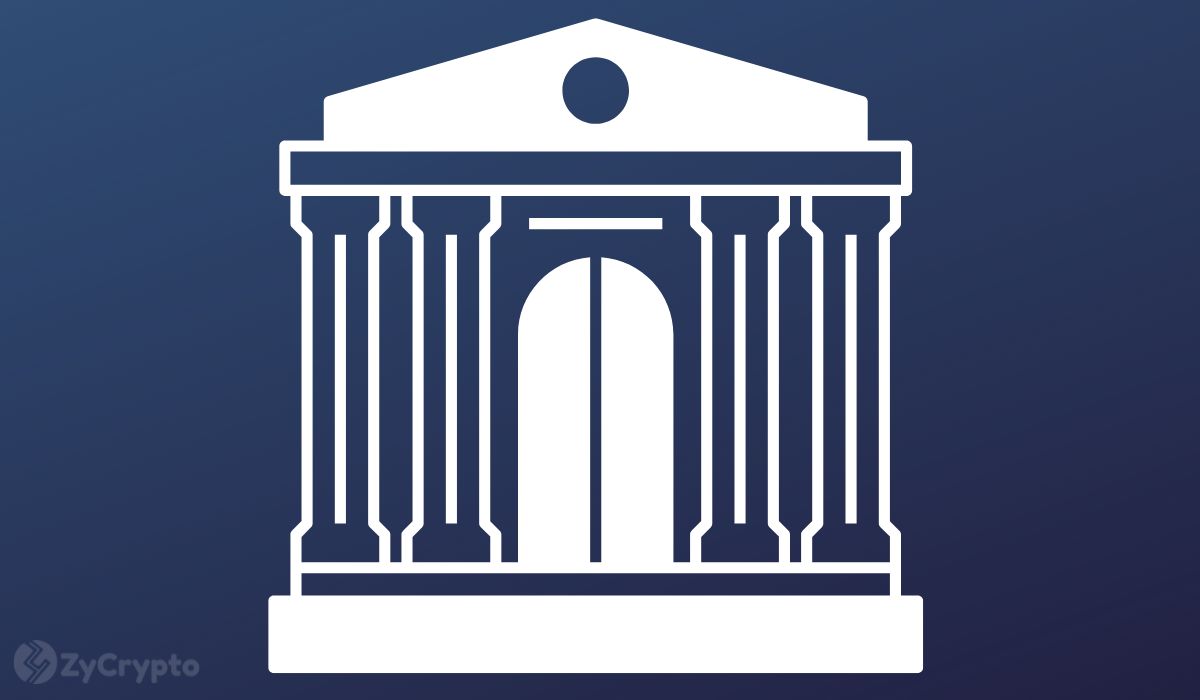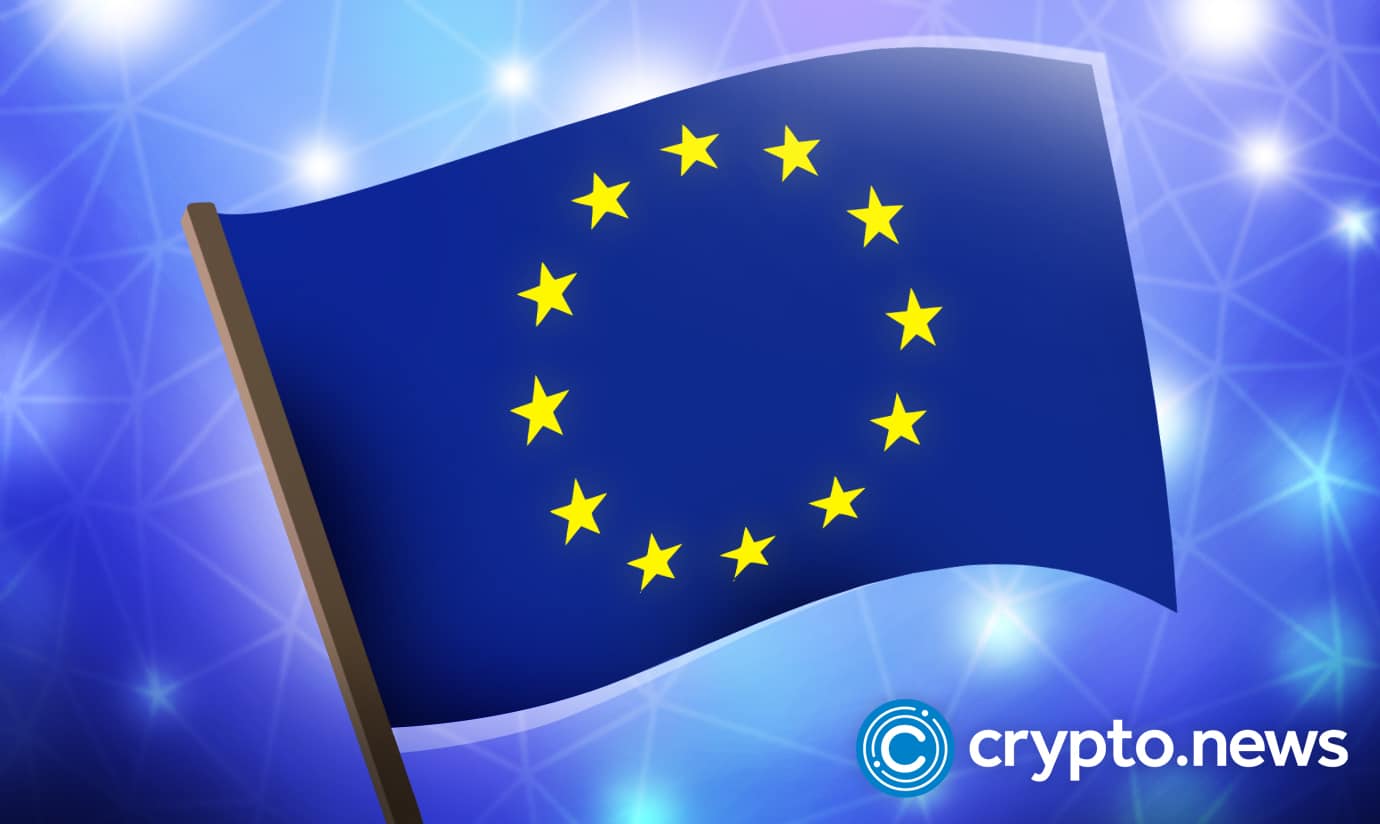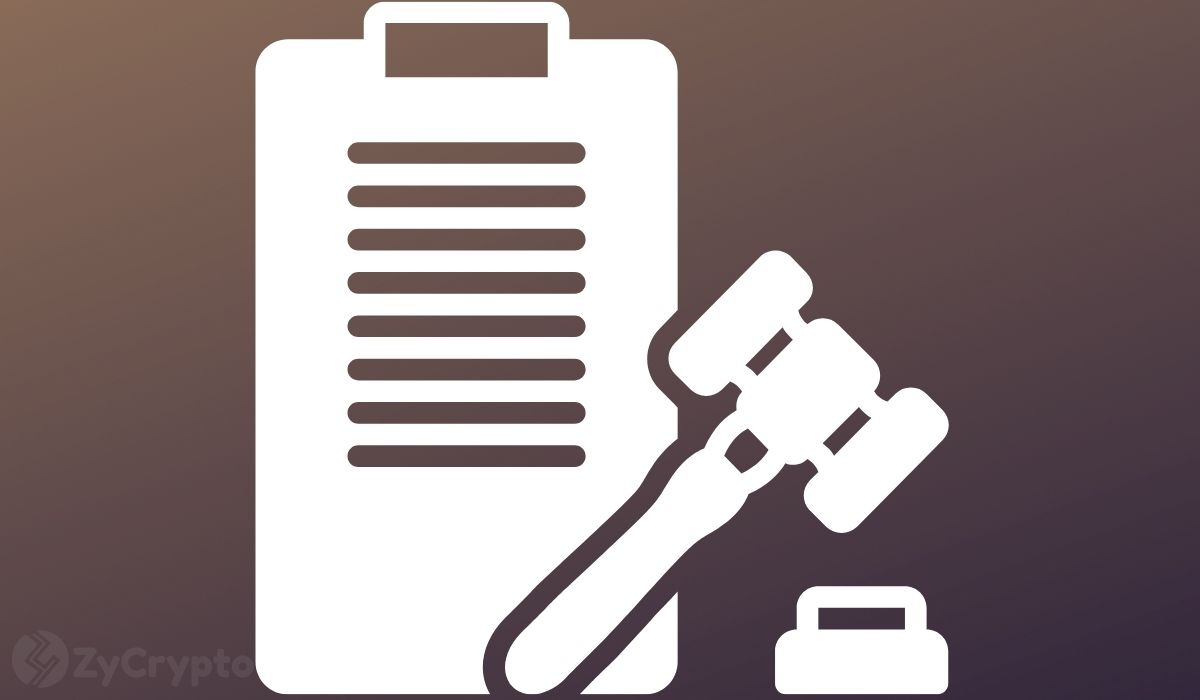
2024-5-9 16:52 |
Type “MiCA” into Google and the results are predictable; plenty of last minute how-to guides aimed firmly at those crypto businesses that have yet to align themselves with the incoming Markets in Crypto-Assets (MiCA). It’s an odd scramble – although a huge effort is required to unite a large geography, and an extremely diverse industry, under blanket regulation – we have known about MiCA for years.
Yes, there have already been calls for a MiCA 2.0 which is more comprehensive than this debut rollout, but I think this regulation marks a significant evolution in the crypto landscape within the European Union. This is not merely a compliance milestone; it is an opportunity for crypto businesses to leverage regulatory frameworks to foster innovation, enhance credibility, and lead on a global stage. The trick is to embrace MiCA, and those perceived regulatory burdens, and turn them into strategic assets for your business.
Establishing global trust through robust complianceThe European crypto industry, and the crypto players that are in it, now have the opportunity to set the standard for transparency and investor protection and create a global model of reliability. Aligning with the MiCA requirements not only smooths interactions with regulatory bodies and financial institutions, but also has the potential to attract those investors that initially didn’t trust crypto as an asset class; a critical factor considering the current volatile market.
For potential customers, it is crucial to understand how your proactive adoption of MiCA’s safeguarding measures and compliance protocols can position you as a leader in the industry, setting you apart from competitors. Under MiCA, Crypto-Asset Service Providers (CASPs) are required to implement robust measures to protect client assets, particularly in scenarios of insolvency, and to prohibit the misuse of a client’s assets for their own purposes. This includes the mandate that client funds must be deposited with an EU credit institution, and be kept in separate accounts to further safeguard them. Additionally, CASPs must ensure they have sufficient insurance coverage to protect clients against theft or asset loss. By proactively considering and implementing these regulations, you not only fulfil legal requirements but also enhance your appeal as a trusted and forward-thinking provider.
A catalyst for innovationMiCA’s comprehensive framework compels crypto companies to reevaluate their operational and customer engagement strategies. This regulation is not just a checklist; it’s a springboard for innovation. Businesses who fall under the scope of MiCA are prompted to develop products that adhere to higher safety and transparency standards or to enhance existing offerings. This adaptability can lead to pioneering products and services that could potentially reshape the market and opens business opportunities.
Historically less regulated than other financial sectors, crypto has made traditional financial institutions wary of engagement. Now, with MiCA providing a clear regulatory framework, crypto businesses have the opportunity to forge partnerships with these institutions and build trust. For example, crypto businesses can collaborate with investment banks to issue tokenized securities, which are digital representations of traditional securities like stocks and bonds, increasing liquidity and accessibility for investors. Additionally, partnerships with traditional payment processors could enable the integration of stablecoins into their systems, facilitating faster and cheaper cross-border payments. Such collaborations could unlock new markets and introduce innovative financial products that blend the best of both worlds—traditional finance and crypto assets.
Leading the charge in setting global standardsEuropean crypto companies that integrate MiCA into their practices not only comply with regulations, but also they position themselves as global leaders in cryptocurrency regulation. This proactive stance could influence similar regulatory developments worldwide and establish European standards as a benchmark for global crypto operations.
For instance, while the UK aims to become a ‘crypto hub’ with its own set of regulations, and the US continues to navigate the complex designation of crypto-assets as securities, the EU’s comprehensive approach via MiCA has the opportunity to offer a clearer, unified framework that could serve as a model. This contrast highlights how jurisdictions vary in regulatory intensity and clarity, impacting the global market dynamics and investment flows.
Active engagement with MiCA enables businesses to anticipate future regulatory trends and adapt accordingly. This foresight helps companies scale their operations globally with a clearer understanding of international compliance dynamics, paving the way for a globally connected and compliant crypto market.
Further engagement and leadership through MiCA could inspire a more harmonised global approach, offering insights into effective regulation while promoting a safer investment environment. This balances regulatory efforts to drive innovation and ensure customer protection.
Be ready beyond compliancePreparing for MiCA involves more than just ticking off requirements—it necessitates a strategic overhaul that integrates legal, operational, and marketing efforts. Companies should begin with a thorough gap analysis to pinpoint areas needing enhancement to meet new standards. This analysis should also include understanding the jurisdiction you are operating in and the local regulator’s approach to MiCA, as interpretations can vary—for example, a regulator in Estonia might view MiCA differently than one in Lithuania. Given that some aspects of MiCA might be ambiguous and the regulatory stance may also vary, it becomes crucial for companies to engage more with stakeholders to benchmark and compare their own frameworks against industry practices. Following the gap analysis, developing an internal roadmap for compliance is essential, which should include training, system adjustments, and strategic hires.
It’s also critical to maintain an open dialogue with regulators, which can provide critical insights into rule interpretation and enforcement. Building a cooperative relationship with regulatory authorities facilitates smoother compliance processes and offers opportunities for input into evolving rules.
MiCA is far more than a regulatory hurdle; it is a gateway to enhanced trust and innovation in the cryptocurrency industry. By proactively embracing these changes, businesses not only safeguard their operations against regulatory risks but also position themselves as leaders in the global cryptocurrency market. Now is the time for crypto businesses to look beyond mere compliance and towards leveraging MiCA as a strategic asset for growth and innovation. This forward-thinking approach will not only comply with the current regulations but also prepare businesses for future developments in an increasingly interconnected financial world.
About The Author
Fariha Bajawrhi is a Compliance Manager at Fiat Republic, with prior experience in investment banking, venture capital and fintech. She has held positions at organisations like Revolut, Nomura and Seedstars.Editorial Note: This article is made possible by MVPR.
origin »Emerald Crypto (EMD) на Currencies.ru
|
|











